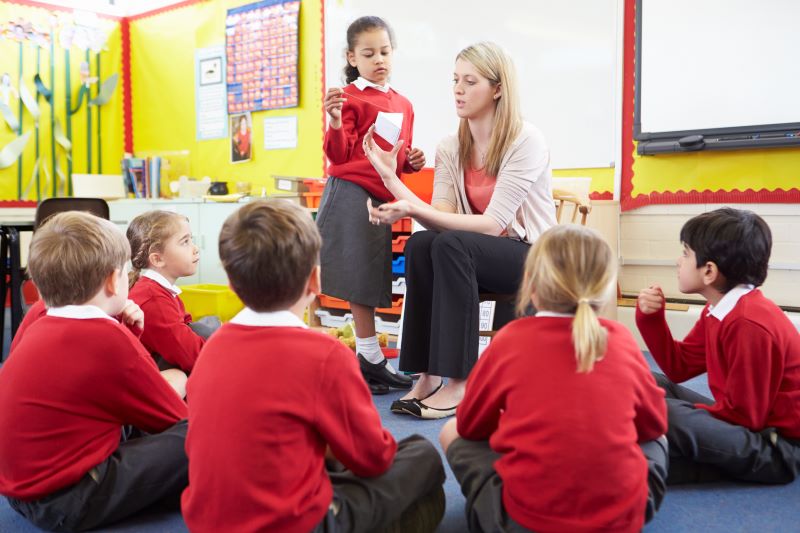The speech and language skills of children are as diverse and unique as each child. One of the diagnostic criteria for autism spectrum disorder (ASD) is persistent difficulty with social communication or pragmatics skills. Developing a child’s communication across various settings is often a focus of early speech therapy across areas such as:
- Speech Sound Disorders – ability to clearly articulate sounds
- Developmental Language Delay – of both comprehension and expression
- Pragmatic difficulties – understand and apply the social ‘rules’ to interactions
- Non-verbal communication – requiring alternative and augmentative communication
- Literacy delays – of reading, spelling and written language expression
- and … supra-segmentals skills.

Supra-segmental literally means: the parts above. Understanding and applying voice features allows children and adolescents to take their communication to a higher level with more than words alone. These skills include:
- Rate – the speed of speech
- Fluency – smooth production the sounds, words & sentences
- Clarity – clear articulation without mumbling
- Volume – adjusted to the message, situation and listener
- Intonation – the rising & falling pitch to create meaning, interest & avoid monotony
- Voice quality – reflects emotion such as tension, sympathy, joy, confusion
- Stress – which word to emphasise for importance
- Prosody – complements stress. Every word contains stressed-unstressed syllables that make a whole sentence flow
Social and Academic impact
Let’s take a look at the voice features, also known as ‘suprasegmentals’, and how this relates to oral expression in the classroom and social development. The ability to speak and communicate with confidence is an assessed component of the English curriculum in Australian schools E.g “controls tone, volume, pitch and pace to suit content and audience”. High grades can feel out of reach when quality content is impacted by poor delivery. Many students can benefit from voice coaching to improve their presentation skills at school and can take that B to an A!
Children with ASD can experience specific difficulties in relation to their communication at school and in social situations. They may not realise the voice itself can impact the meaning of a word with a simple change of pitch. Perhaps they do not perceive they speak very loudly, use a monotone or robotic voice. Explicit teaching and rehearsal of voice features and their meanings can support the child to convey their message as intended.

Another part of the Australian Curriculum that references higher level voice skills is the Personal and Social general capabilities which cover all key learning areas. This provides a learning continuum for students to progress their communication skills of self and social awareness and management. E.g. “communicate intentionally (verbally and non-verbally) with a range of people in familiar and unfamiliar contexts”.
Class Adjustments
Depending on their identified strength and challenges, students are able to access adjustments to optimise their communication such as:
- presenting to a smaller group or teacher alone to reduce anxiety/distraction
- recording the presentation in a familiar, comfortable space as a whole or in parts
- use of palm cards/teleprompter app with annotations to support memory
- adjusted expectations of looking towards people versus making direct eye contact
- presenting in class and via video so the teacher can see the students capability
At Bayside Voice Centre we collaborate with your child’s teacher and primary speech pathologist who are building a foundation of speech and language skills across topics. When they are ready for higher level ‘supra-segmental’ voice skills we offer blocks of therapy/voice coaching to provide preparation for oral school assessment. This can be done with a referral from your GP or SLP via the forms page of the Bayside Voice Centre website. No ENT investigation is required at this stage as it may cause undue stress to the child.
What if my child’s voice sounds strained, breathy or hoarse?
If the quality of your child’s voice is altered for longer than 10 days following illness +/or has:
- Rough, hoarse, strained, or breathy quality
- Frequent throat clearing or coughing
- Pitch breaks when speaking (unrelated to puberty)
- Consistently loud volume +/or screaming during tantrums/meltdowns
- Air puffing out of their nose while speaking
- Shortness of breath, tight chest/throat, soft volume

Next Steps
If you notice these kinds of voice symptoms, then your first step is to ask your GP for a referral to see an Ear, Nose, and Throat doctor (ENT) or Laryngologist. They will be able to determine if there are any structural reasons for the voice difficulties and provide a recommended course of action.
If your child has not had a hearing test since birth, then referral to an Audiologist will assist in ruling out any underlying factors.
Voice disorders in children
Vocal nodules are essentially a repetitive high impact injury of the vocal cords that have resulted in a physical change. Nodules are often seen in boys between 8-12 years who enjoy vocalising loudly during outdoor activities such as sports and indoor play, such as making a dinosaur growl. Other voice difficulties can be a result of the structural changes such as a cleft, muscle tension dysphonia, or poor breath support amongst other causes.
Voice Therapy
Speech therapy for children needs to be child-centred, fun and meaningful. Therapy and educational goals are openly discussed as well as embedded into fun activities to keep your child engaged. At Bayside Voice Centre we use “Adventures in Voice for Kids”, an evidence-based program by K. Verdolini. Don’t be surprised if your child is given therapy homework including the use of party blowers, kazoos, blowing raspberries, singing and blowing bubbles into water! This program uses age-appropriate education, straw therapy and resonance techniques to build the skills for kids to be kids while using their voices safely (and loudly when necessary).
The Takeaway
Bayside Voice Centre has experience working with children for over 20 years to provide:
- voice therapy for a diagnosed voice disorder to meet FUNctional goals.
- voice coaching that to aligns with your child’s learning to optimise their voice.

